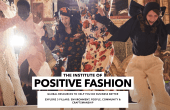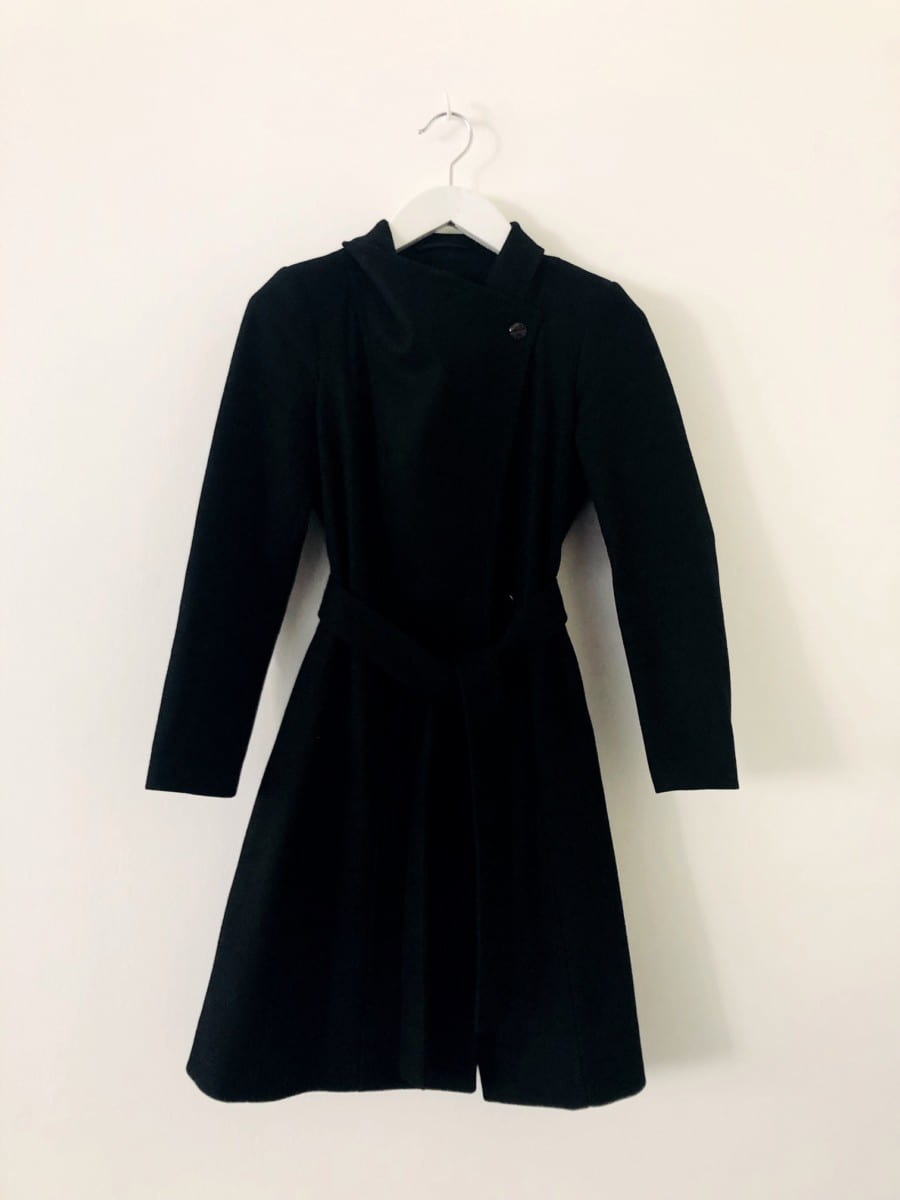Traditionally, spring is the time for out with the old and on with the new: a time for blossoming ideas, often about how we might take responsibility for innovating and starting again. To do this we must begin with the personal, we cannot bring about new directions if we believe the responsibility for it lies elsewhere. In the end we have to shoulder some responsibility and even be a pioneer. In thinking about how our actions can make the difference, I believe we have to bring everything back to the simplest and most intimate aspect of our lives.
Dressing and undressing cannot be a more personal experience and central to this are the garments we decide to wear and ultimately choose to discard. Our clothes interact with us as individuals, protecting us from the environment and allowing us to fulfil our days – being naked in the wrong context is still a great taboo. They give us both as people and as a broader society, an ability to operate on a physical level with the world around us. They also allow us to express and communicate ideas about our personality and individual identity and values. As Jose Teunissen says in her essay Fashion and Art:
Clothing is worn so close to the body and to the ‘real’ me that we tend to develop a strong emotional tie with it. Clothing is something we put on every day; we can feel it and smell it. Years later, we still remember the itch of an uncomfortable fabric, the constraint of a tight jacket or the smooth silk of a nightgown. Touching a piece of cloth, opening a clothes closet or smelling a specific fragrance opens a world of personal memories, stories and intimate emotions. We are attached to clothes
In short, they have lasting value and significance to us.

Saadia Niazi. MA Fashion and the Environment
Thinking about our relationship and engagement with clothes, encourages us to think about how and by whom they were made. If we value them for how they relate to our body surely the materials that they are made from together with the means by which they were constructed becomes more significant. Such reflection should encourage us to think about how our decision to buy an item of clothing affects the world around us. When we decide to buy a cheap garment, and are happy to put that next to our skin, we are making a direct and intimate connection to the person who has made it. Are we still happy as individuals not to think about the pay and conditions of the seamstress working long hours in a sweatshop? Our society and we as individuals within it have little excuse: we have had the implications of our purchases drawn to our attention. Charles Kingsley highlighted this over a century ago in his 1870 essay ” Cheap Clothes and Nasty” about the appalling working conditions of tailors in London. Since then there have been numerous reports and campaigns trying to make us, as consumers, be more responsible about our purchases and to put pressure on manufacturers and retailers to improve the pay and conditions of their workers. Despite the intimate relationship we have with our garments we seem happy to keep turning a blind eye, as we are not prepared to pay the real price of the worth of our clothes,.
As an educator, I have always been motivated by how openness, flexibility, curiosity and the idea that for every choice or decision made, an equally interesting, difficult or adventurous option could have been taken. This is an approach I try to instil in the curriculum and work with students. They need to understand that the choices and implications behind an artefact and how the materials and processes being used affects the very quality of their output. As they go into fashion as graduates they are better able to understand how they might work to effect change in the industry. We need to be aware that around the three dimensional object that moulds and fits our body shape, a whole other world has emerged- the designer, the fashion show, the multi media disseminators, the flagship shops – they all help to persuade us to purchase what is ultimately a simple piece of fabric. The infrastructure that has grown up around the garment has been created to help us buy the lifestyle that the clothes have come to embody. I would hope that we as individual consumers and as dressers of ourselves could start to challenge the basis and values on which this massive infrastructure is based so that we start to demand better conditions for the workers who create them.
For Sublime Magazine. Issue 20 Get Real




